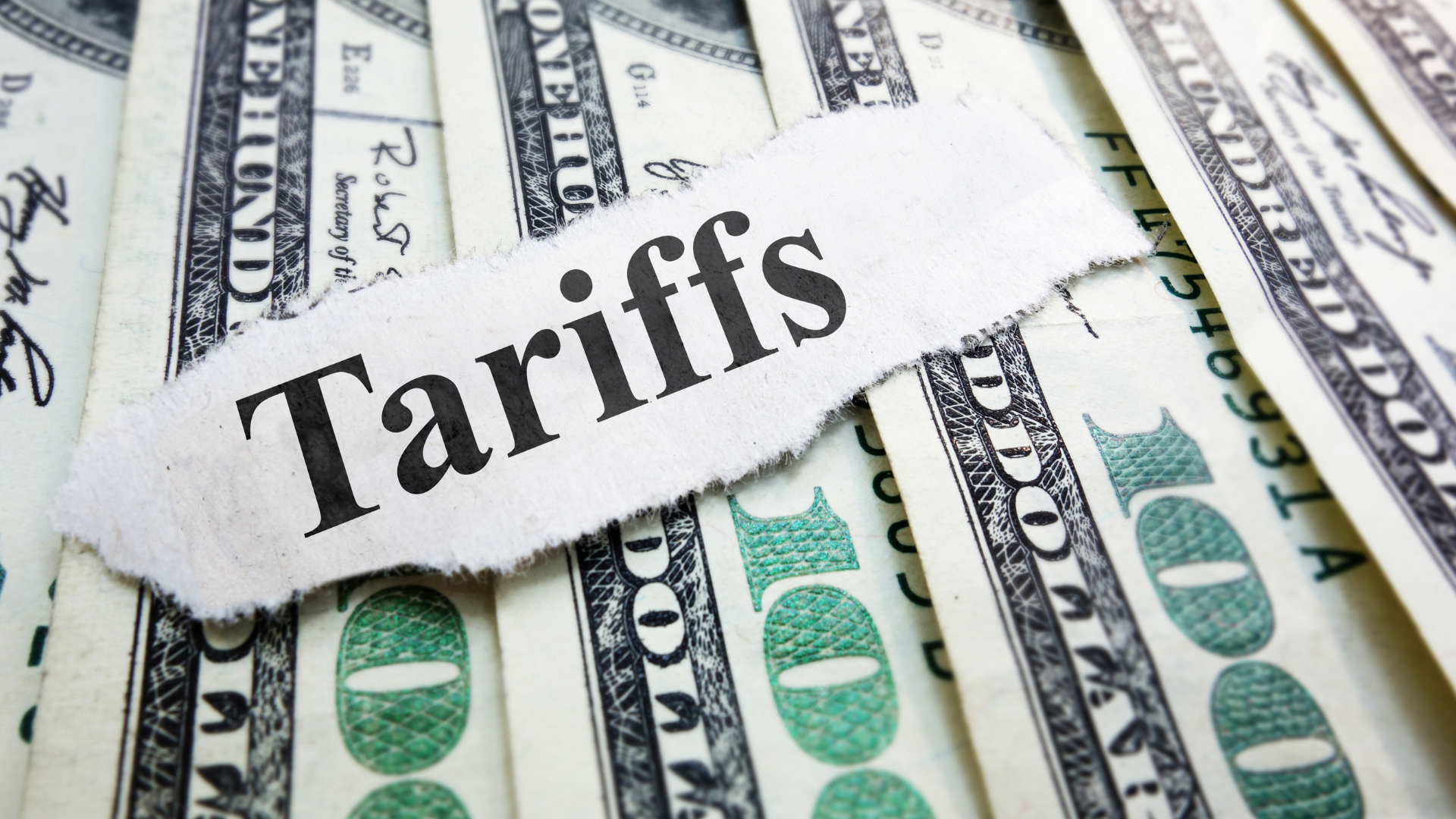Index of content
The Benefits of Options Trading
Options are powerful and versatile financial tools that allow traders to speculate on price movements, to hedge against risks and to generate income. Unlike stocks, which represent ownership in a company, options are contracts that give the buyer the right (but not the obligation) to buy or sell an underlying asset (called the “underlying”) at a specific price (called the “strike price”) up until the option expiry date.
Impact on Currency Markets
- Options can be traded by anyone, from small retail traders to large financial institutions.
- You cannot be stopped out of an option.
- Leverage: Options allow traders to control a large position with a relatively small investment.
- Flexibility: Traders can use options to profit from rising, falling, or even stagnant markets.
- You can combine different options to build strategies for speculation or to generate income.
- Options can also be used to hedge against unfavourable price movements in an existing portfolio.
What Are options?
There are two basic types of options contracts: calls and puts.
- Buying a call option gives you the right to buy an asset at a predetermined price (strike price) on or before a specified future date (expiry date)
- Buying a put option gives you the right to sell an asset at a predetermined price (strike price) on or before a specified future date (expiry date)
The value of the option will rise and fall in response to the live market price of the underlying. Until the option expires, you can “exercise” your right to buy (for a call) or sell (for a put) the chosen asset, but you’re not obliged to buy or sell if you don’t want to. Alternatively, you can simply sell your option before expiry and realise any profit or loss on the trade.
As well as buying options, it’s also possible to sell them (i.e. take short positions). In this case, the seller of the option IS obligated to accept the terms of the contract if the buyer chooses to exercise the option. So, options buyers have the “right” and option sellers have the “obligation”.
Before starting to trade options, it’s important to understand what these contracts entail and how they work.
Call Options
A call option gives the holder the right to buy an underlying asset (such as a stock, currency or commodity) at a chosen price (strike price) on or before a certain date (the expiry date). Buying a call is an outright bullish strategy, used by traders looking for the price of the underlying asset to rise.
Example:
Suppose you believe that XYZ stock, currently trading at $100, will rise to $120 in the next month. Instead of buying the stock outright (which would cost you $10,000 for 100 shares), you could buy a one-month call option with a strike price of, say, $100 for a price (called “premium”) of $5. This will cost you just $500 to get potential exposure to 100 shares and $500 will be your maximum possible risk on this trade.
If the stock price rises to $120 within your expected timeframe (i.e. before the option expiry date), you can exercise your option to buy 100 shares at $100, immediately sell them in the market at $120, making you a net profit of $15 per share ($20 profit less the $5 premium paid). This means you make a $1,500 profit for just a $500 investment.
It’s worth noting that, for retail traders, the process is even more straightforward since, if the stock price rises to $120, the price/premium of your option will rise from $5 to around $20 and you can simply sell your option back to the broker at $20 and realise your $1,500 profit without even having to exercise your option.
However, if your analysis turns out to be wrong and the stock doesn’t rise above $100, then your option will expire worthless, and you will lose the $500 premium paid. Note that this is the absolute maximum you can lose on this trade, so your risk when buying options is always fixed and limited.
Lastly, if the stock price reaches, say, $105 at the expiry of the option, the option will still be worth $5 per share (since you can exercise the option to buy at $100 and then sell into the market at $105) so you’ll get your $500 back and will break even on the trade. Any market price above $105 will generate a profit on this trade.
There are three states for call options:
- In-the-Money (ITM): The stock price is above the strike price and the option has an “intrinsic” value, calculated as Current Stock Price minus the Option Strike Price.
- At-the-Money (ATM): The stock price is equal to the strike price and the option intrinsic value is precisely zero. Intrinsic value is the value of the option should it be exercised now.
- Out-of-the-Money (OTM): The stock price is below the strike price and the option is effectively worthless (until the stock price moves back above the option strike price).
So, in the profitable example above, you bought the option at-the-money (strike price $100 when market price was $100) and you exercised the option in-the-money (strike price $100 when market price was $120). Obviously, only options that are in-the-money will be exercised, and options expiring out-of-the-money will be abandoned since they’ll have no value.
Put Options
If you are bearish on a stock, then you could buy a put option. This would give you the right to sell the underlying asset at your chosen price (strike price) within your specified timeframe (i.e. before the option expiry date), no matter what price the underlying asset is currently trading at. Traders buy put options when they expect the price of the underlying asset to decline.
Example:
Suppose a trader predicts that XYZ stock, currently priced at $50, will drop to $40 in the next month. The trader could buy a one-month put option with a strike price of, say, $48 (currently slightly out-of-the-money) for a premium of $3. If the stock price falls to $40 as expected, the trader can exercise the option (i.e. sell the stock at the strike price of $48), and then immediately buy back the stock in the market at $40, hence earning a profit of $8 per share, although the final profit will be $5 per share after accounting for the $3 premium paid.
In a similar way to call options, there are some key points to remember about put options:
- In-the-Money (ITM): The stock price is below the strike price.
- At-the-Money (ATM): The stock price is equal to the strike price.
- Out-of-the-Money (OTM): The stock price is above the strike price.
Basic Option Strategies
1. Long Call Strategy
Options are very versatile instruments that can be used in numerous ways to achieve specific objectives. Options strategies can become extremely complex, but there are plenty of relatively simple options strategies which can be created from one or two contracts.
As described above, this involves buying a call option when you expect the price of the underlying asset to rise.
Objective: Profit from upward price movements.
Risk: Limited to the premium paid.
Reward: Potentially unlimited, depending on how high the underlying asset price climbs.
2. Long Put Strategy
Also as described above, this involves buying a put option when you expect the price of the underlying asset to fall.
Objective: Profit from downward price movements.
Risk: Limited to the premium paid.
Reward: Can be significant but profit is capped by the price of the underlying asset falling to zero (which is unlikely for many assets).
3. Covered Call Strategy
In this strategy, a trader already owns the underlying asset and sells (“writes”) a call option on it. This generates income from the premium received (for selling the call) but it also limits potential upside gains if the asset price increases significantly.
Objective: Hedge an existing long position and generate additional income from holding a stock in the case that it doesn’t rise significantly.
Risk: If the stock price rises significantly, the short call position will generate a big loss which will cancel out some of the position profit – hence capping upside potential.
Conclusion
Options trading is a dynamic and sophisticated approach to investing that combines the power of leverage with the flexibility of multiple strategies. By understanding the fundamental principles of calls and puts, as well as basic strategies like long calls, long puts, and covered calls, traders can start to unlock the full potential of this market.





